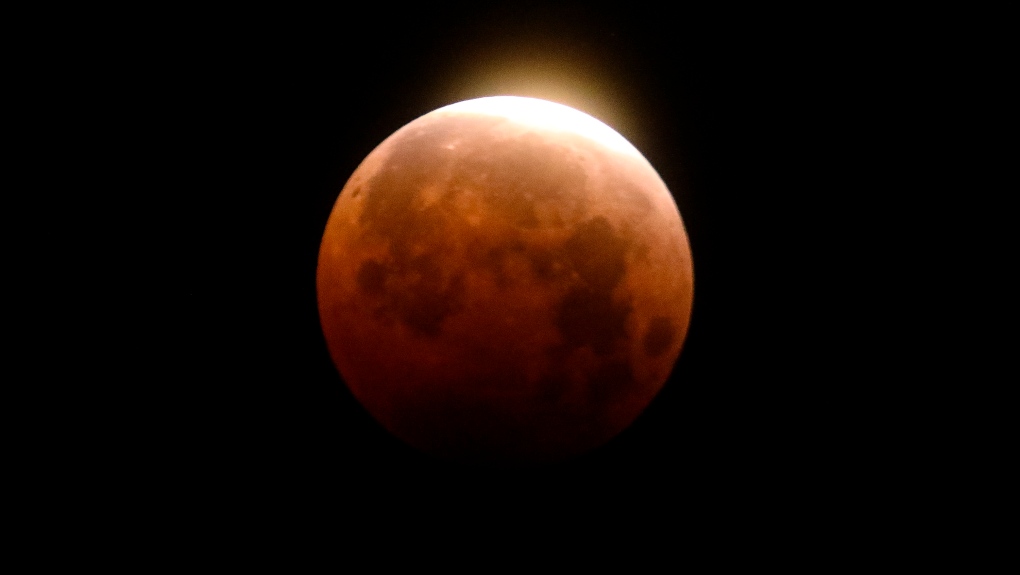Prepare the blankets and start setting up camp because November's night sky will be filled with multiple astronomical events.
Among the anticipated events, stargazers can look forward to a total lunar eclipse, multiple meteor showers and viewing the "Ice Giant" planet at its largest and brightest.
TAURIDS METEOR SHOWERS
While not always the flashiest, the currently active Southern Taurids will reach its peak on Nov. 4 to Nov. 5, displaying its dim but still impressionable fireballs. According to NASA, the spectacle is created when the dust of the comet Encke hits the Earth's atmosphere and heats up.
On Nov. 11 to Nov. 12, the Northern Taurids are expected to be brighter than usual this year if the shower follows the seven-year pattern of increased fireball activity, according to the American Meteor Society.
BEAVER MOON INTO A TOTAL LUNAR ECLIPSE
According to the Old Farmer's Almanac, the full "beaver" moon is expected on Nov. 7 to Nov. 8 and will be accompanied by a total lunar eclipse, making the moon appear coppery in colour. Also known as the "blood" moon, this lunar eclipse occurs when the moon, the sun and the Earth align with the Earth at the centre, casting a shadow onto the moon.
The total lunar eclipse will reach its peak around 6 a.m. EST, at which time the majority of North America will be able to take in its reddish glow.
URANUS IN OPPOSITION
Uranus, known as the "Ice Giant" planet and famous for its cold atmosphere and many moons, will reach opposition this month, allowing for anyone with a pair of binoculars to catch a glimpse of the seventh planet from the sun. On Nov. 9, Uranus will lie opposite to the sun, meaning once the sun sets the planet will rise and shine at its brightest and be seen at its largest.
It will be visible all throughout the night, and a good telescope may also be able to pick up the planet's green hue, according to the Old Farmer's Almanac.
LEONIDS METEOR SHOWER
Set to peak on the night of Nov. 17 to Nov. 18, the Leonids Meteor Shower will light up the night sky with an outburst of debris from previous showers originating from the comet 55P/Tempel-Tuttle. According to NASA, this meteor is known for being one of the fastest, with speeds reaching 71 kilometres per second. Space enthusiasts may be treated to viewing 15 meteors per hour at its peak, something that only occurs once every 33 years.
NASA recommends setting camp at midnight local time and preparing for a long night as the shower lasts until dawn.
TIPS TO KEEP IN MIND
The Canadian Space Agency (CSA) recommends a few tips to make for optimal viewing before heading out into the night.
Its advice is similar for most astronomical events: checking the weather beforehand, moving away from city lights and setting up in a clear area away from tall buildings and trees.
Most importantly, any sky-watching activity should begin 30 minutes before the event in question since human eyes need time to adjust to the darkness. The CSA recommends not using any phone or bright white flashlights beforehand and instead using red flashlights to move around.









































